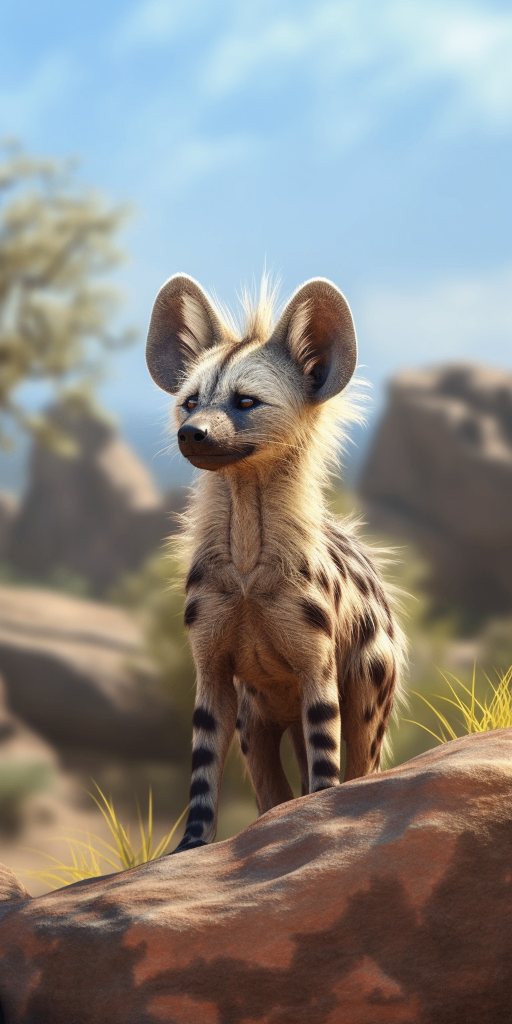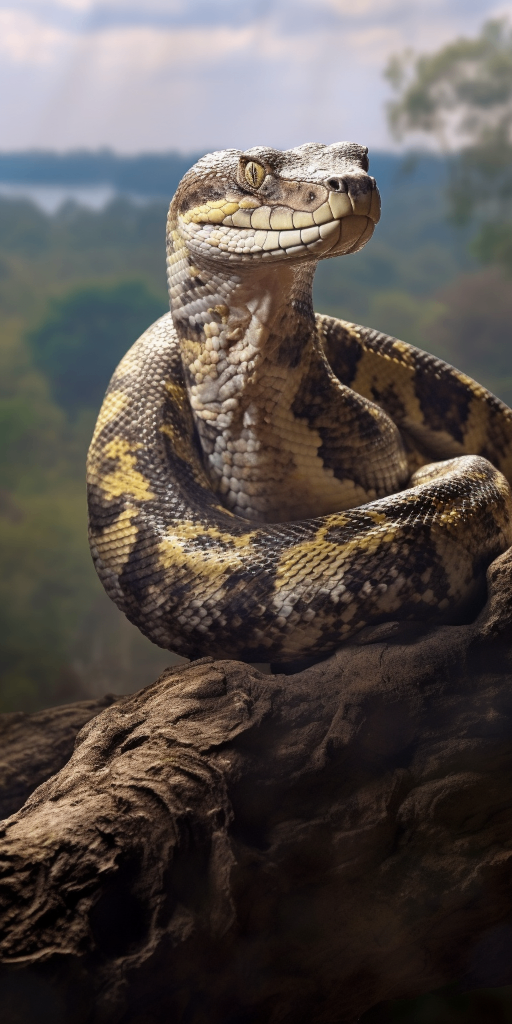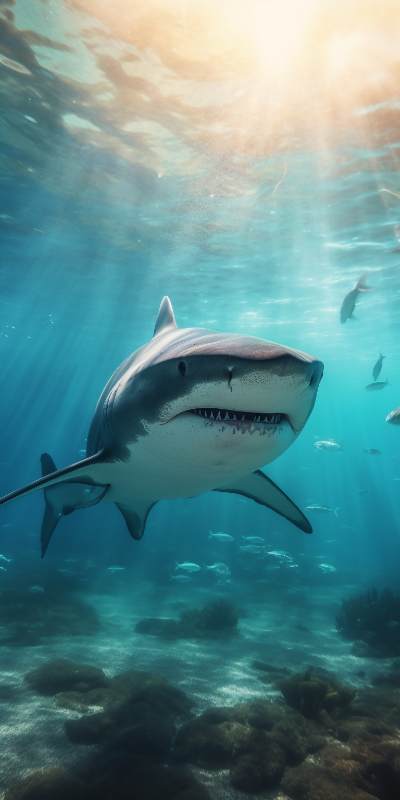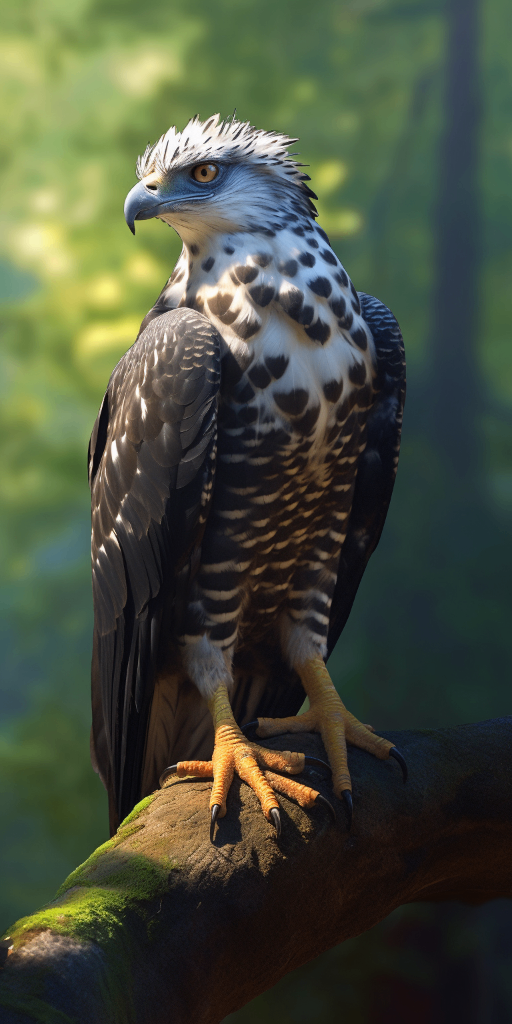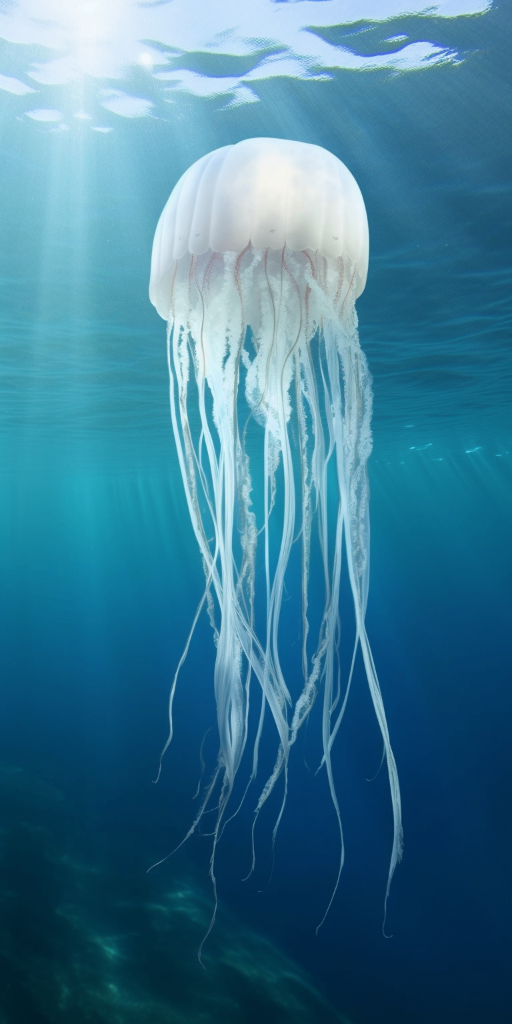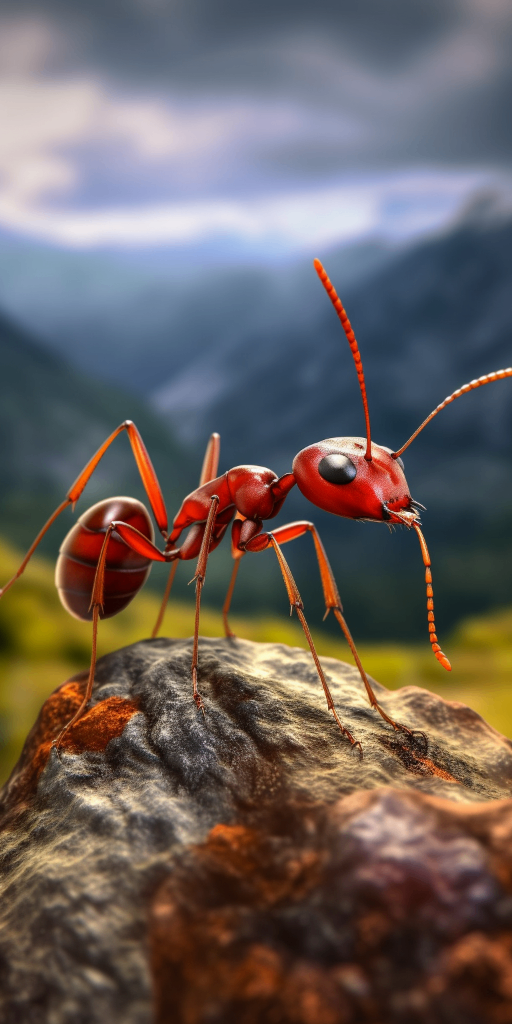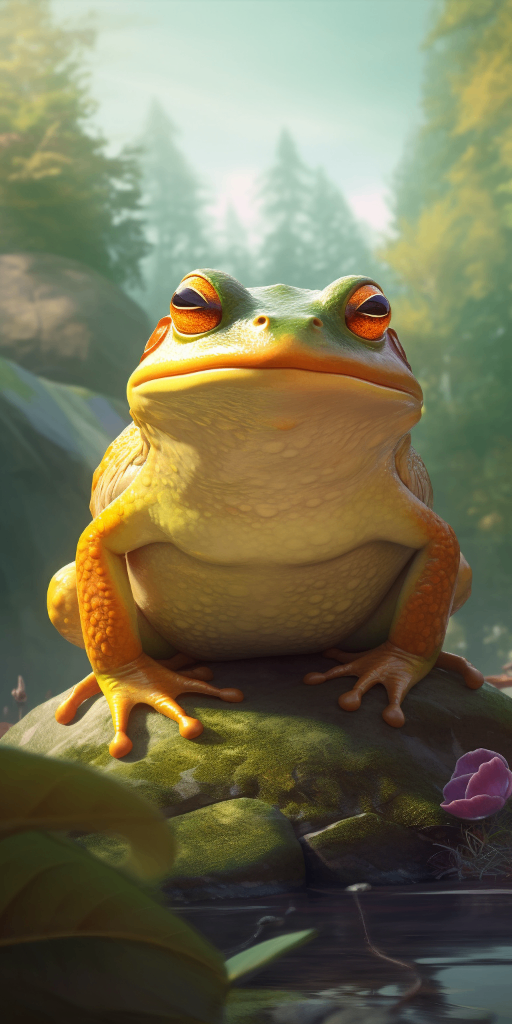The Green Iguana
The Green Iguana is a large lizard known for its vibrant green coloration, long tail, and spines running down its back. They have strong limbs with sharp claws for climbing trees and swimming. Green Iguanas are herbivores, primarily consuming leaves, fruits, and flowers. They are commonly found in the rainforests of Central and South America.
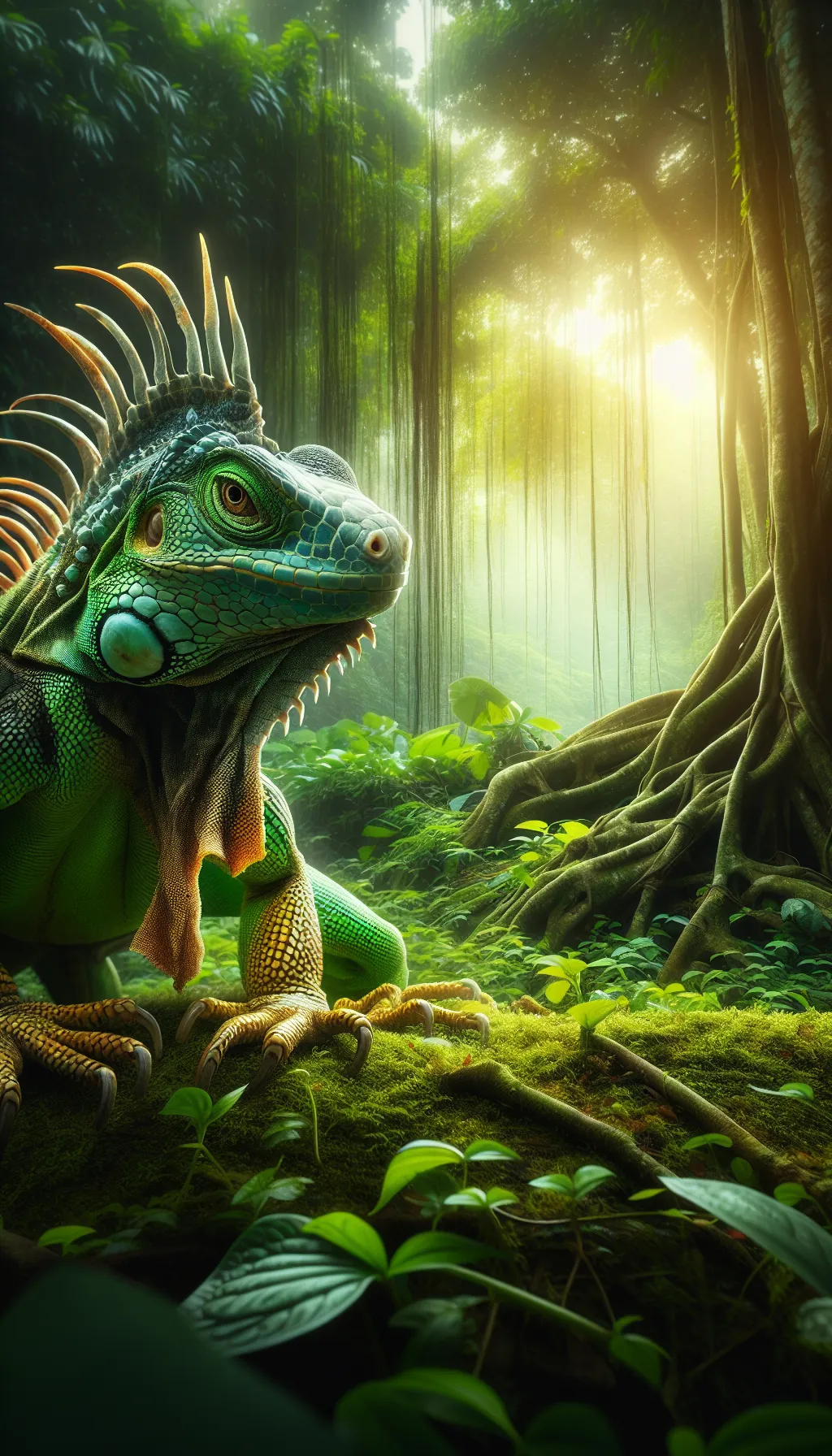
| Green Iguana | |
|---|---|
| Size | Up to 6 feet (1.8 meters) |
| Weight | Around 11 pounds (5 kilograms) |
| Speed | 9mph (14km/h) |
| Key Strength | Quick reflexes |
| Biggest Weakness | Limited endurance |
| Scientific Name | Iguana iguana |
| Family | Iguanidae |
| Habitat | Arboreal, tropical forests |
| Geography | Central and South America |
| Diet | Herbivore - leaves, fruits, flowers |
| Lifespan | 10 years - 20 years |

The Green Iguana
The Green Iguana is a large lizard known for its vibrant green coloration, long tail, and spines running down its back. They have strong limbs with sharp claws for climbing trees and swimming. Green Iguanas are herbivores, primarily consuming leaves, fruits, and flowers. They are commonly found in the rainforests of Central and South America.
Fun Fact: Green Iguanas are excellent swimmers and can stay underwater for up to 30 minutes, using their powerful tails to propel themselves through the water.
| Green Iguana | |
|---|---|
| Size | Up to 6 feet (1.8 meters) |
| Weight | Around 11 pounds (5 kilograms) |
| Speed | 9mph (14km/h) |
| Key Strength | Quick reflexes |
| Biggest Weakness | Limited endurance |
| Scientific Name | Iguana iguana |
| Family | Iguanidae |
| Habitat | Arboreal, tropical forests |
| Geography | Central and South America |
| Diet | Herbivore - leaves, fruits, flowers |
| Lifespan | 10 years - 20 years |
Green Iguana Matchups
We use AI to simulate matchups between the Green Iguana and other animals. Our simulation considers size, strength, and natural predatory behaviors to determine the most likely outcome.

Can't find the Matchup you want?
Create Your Own MatchupGreen Iguana: Diet, Predators, Aggression, and Defensive Behaviors
What do Green Iguanas eat?
Green Iguanas are primarily herbivores, feeding on a diet of leaves, fruits, flowers, and even some insects. They are known to consume a variety of plant matter, with their favorites being leafy greens and fruits like berries and bananas. In the wild, they may also eat vegetation such as algae and moss.
Do Green Iguanas have any predators?
Green Iguanas have several natural predators, including birds of prey, large snakes, wild cats, and predatory mammals like raccoons and opossums. As juveniles, they are particularly vulnerable to predation due to their smaller size and lack of self-defense mechanisms.
Are Green Iguanas aggressive?
Green Iguanas can exhibit aggressive behavior, especially during mating season or when threatened. They may display dominance by bobbing their heads, puffing up their throats, or even lashing out with their tails. While they may not actively seek out confrontations, they will defend themselves if necessary.
Do Green Iguanas fight?
Green Iguanas are territorial animals and may engage in fights with other iguanas, especially during breeding season. These fights typically involve displays of dominance rather than physical harm, such as head bobbing, tail whipping, and biting in some cases. The purpose of these fights is to establish hierarchy and secure mating opportunities.
How do Green Iguanas defend themselves?
Green Iguanas have several methods of defending themselves from predators or threats. They can use their strong jaws and sharp teeth to bite potential attackers, their long tails to whip and thrash, and their sharp claws to scratch or grip onto surfaces for escape. They may also exhibit color changes to blend into their surroundings and avoid detection.
What is the biggest weakness of a Green Iguana in a fight?
The biggest weakness of a Green Iguana in a fight is its relatively fragile body structure. Despite their size and intimidating appearance, Green Iguanas have delicate bones and skin that can be easily injured in physical altercations. Their reliance on display behaviors and defensive tactics rather than actual physical combat can be seen as a disadvantage in a fight against more aggressive or powerful adversaries.
Fun Fact: Green Iguanas are capable of changing their color slightly, becoming darker when they are cold to absorb more heat from the sun.
Fun Fact: Green Iguanas have a unique third eye on top of their head called a parietal eye, which helps them detect light and dark patterns and potential predators from above.




